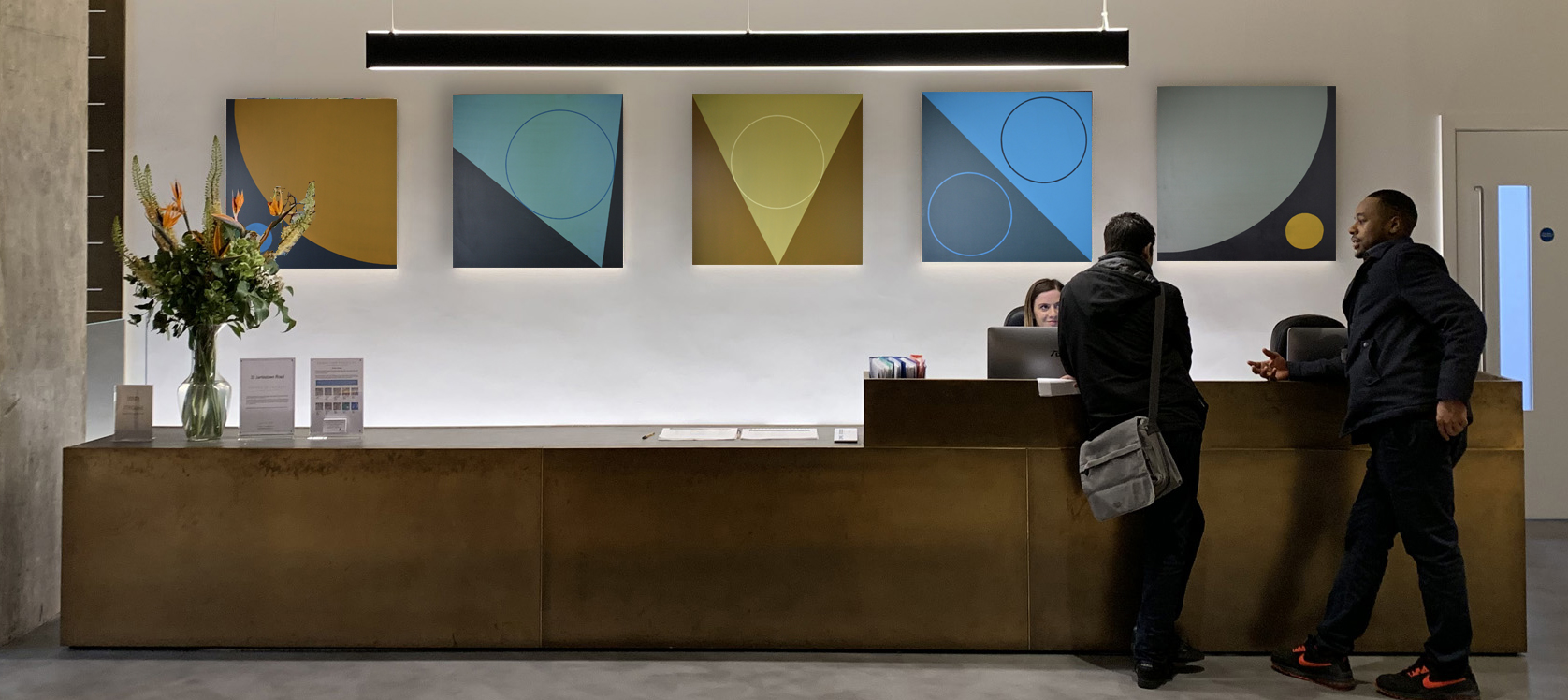William James (1869 – 1910), said to be the Father of American Psychology proclaimed that, “The deepest principle of Human Nature is the craving to be appreciated.”
This fundamental principle permeates so many of our experiences, yielding both positive and negative results depending at which end of the gratitude scale we find ourselves. When someone expresses gratitude towards us, according to psychiatric counsellor Madhuleena Roy Chowdhury, we experience surges in “serotonin, dopamine and norepinephrine… which enhance our mood immediately, making us feel happy.”
The opposite is true when we experience a lack of gratitude where we believe it’s due. Frustration when a driver fails to thank us for letting them out into traffic. Our good advice going unrecognised in the face of another’s success. No ‘thank you’ in response to a favour. This lack of acknowledgement can send us into a negative spiral of toxic emotions, which in the context of the workplace can contribute to higher stress levels and poorer quality of work.
The Gallup Organisation has included feeling recognised as one of their twelve key dimensions of a healthy workplace, explaining that, “The worst possible thing we can do to someone at work is to ignore any employee.” People want to feel seen, appreciated and considered when it comes to making decisions that impact their experience, including when it comes to their workplace.
Management Today Magazine found that almost all people (97 percent) regard their place of work as a symbol of whether or not they are valued by their employer. CBRE echoes the importance of a well-designed space in their Millennials study stating that 69 percent of millennials are willing to trade other benefits in favour of a better workplace.
A team of people who feel valued reaps rewards. A study carried out by The American Psychological Association (APA) shows that 93 percent who report feeling valued say that they are motivated to do their best work. Among those employees only one in five has the intention of looking for a new job in the next year, which stands in sharp contrast to the fifty percent of those employees who do not feel valued.

Can art be used to increase a feeling of recognition in employees? In short, yes.
The Business Committee for the Arts and International Association for Professional Art Advisors found that 82 percent of people believe that art is important in the work environment and 84 percent feel that art is evidence that the company has an interest in improving their quality of life.
Almost three quarters of people (73 percent) say that their view of the company would change if art in their workplace were removed. Both the advantage and disadvantage of visual art is that it’s immediately noticeable. When paintings go onto the office walls, people instantly notice as they walk through the door. The experience of seeing the art translates into, ‘my environment has been improved therefore I must be valued’. I recall the disadvantage of art being so noticeable becoming apparent during the budget cuts of the last recession. Employees came into the office on a Monday morning to find previously colorful walls now empty and blank, which had the opposite effect of lowering morale and heightening anxiety.
There is a lot to look forward to when it comes to workplace design, with an intensified emphasis on well-being confirmed in a recent CIPD survey finding that, 84 percent of employers are focusing more on employee well-being this year.
Employers can use art as part of this strategy to give back to employees by creating inviting spaces rich in warmth and personality. The artist Romero Britto said, “Art is too important not to share.” Employers can leverage the power of art to demonstrate to employees that they are valued and share with them the gift of art.


